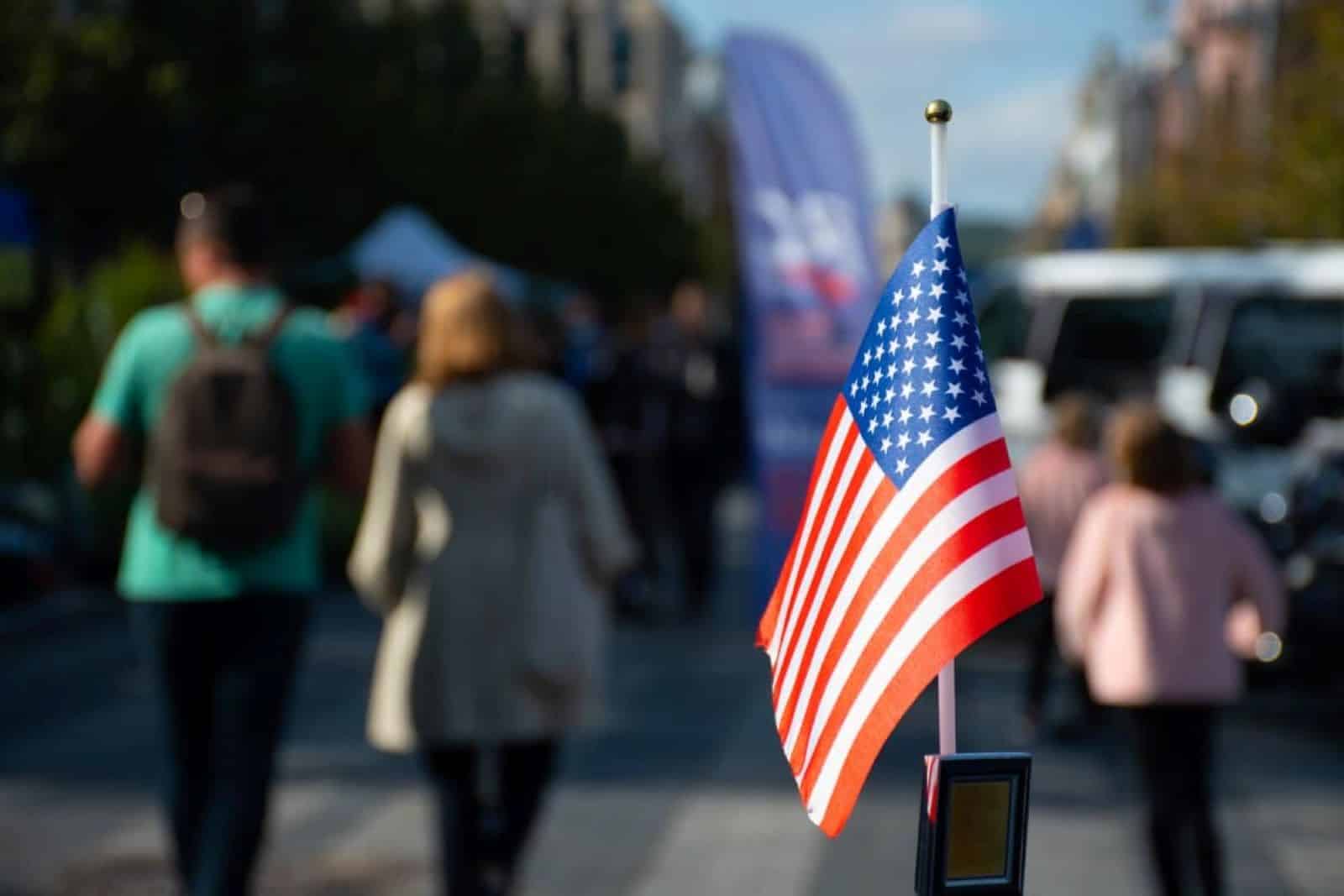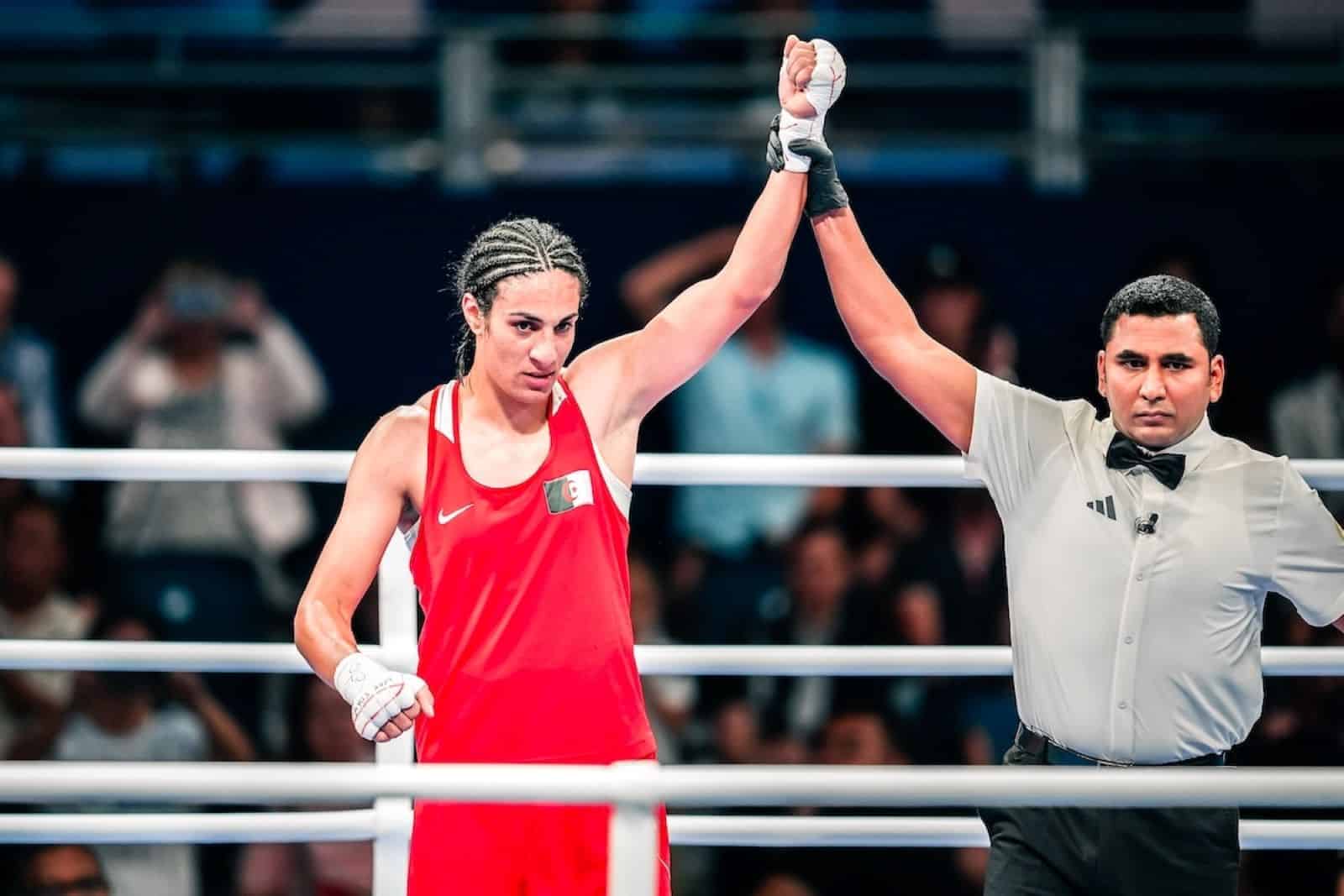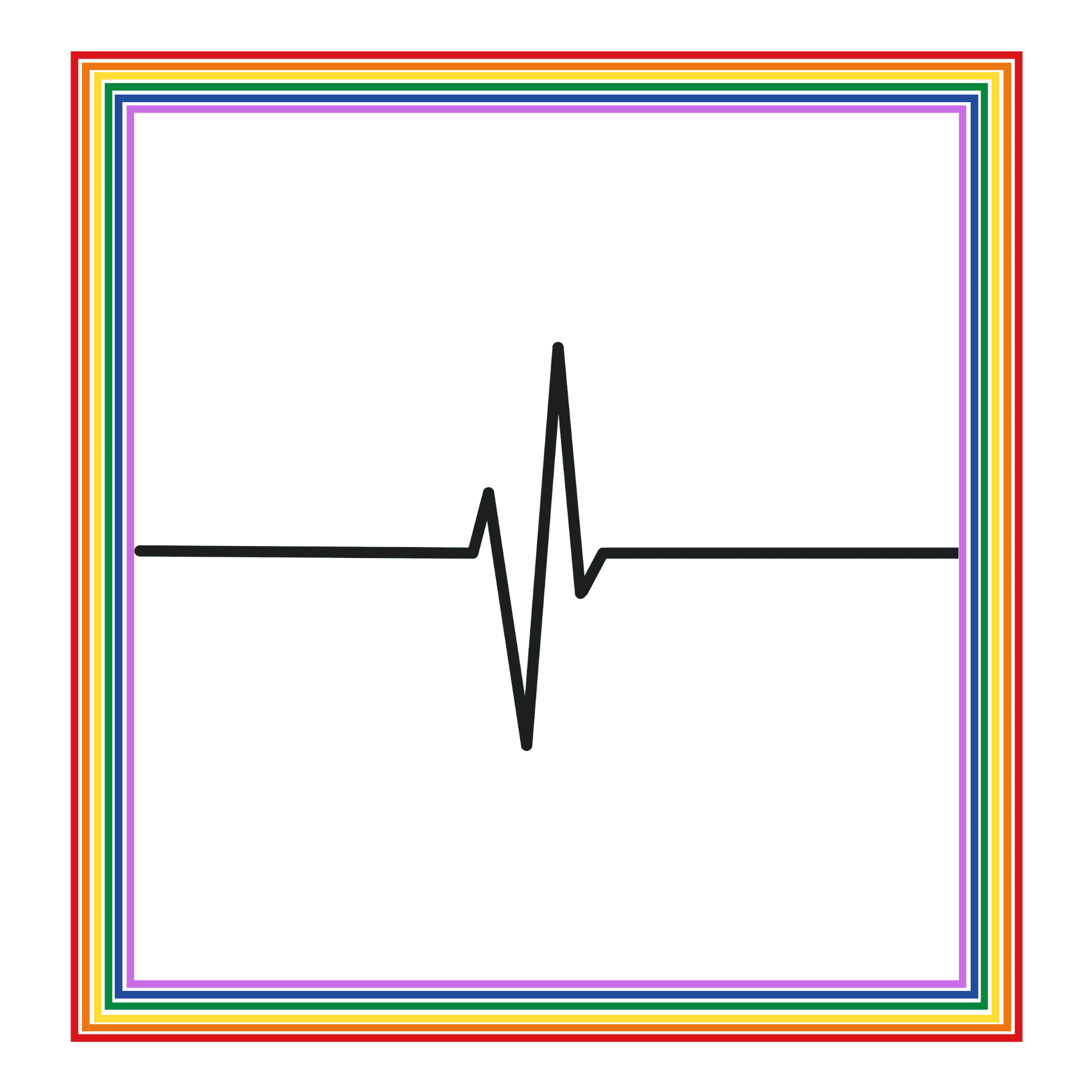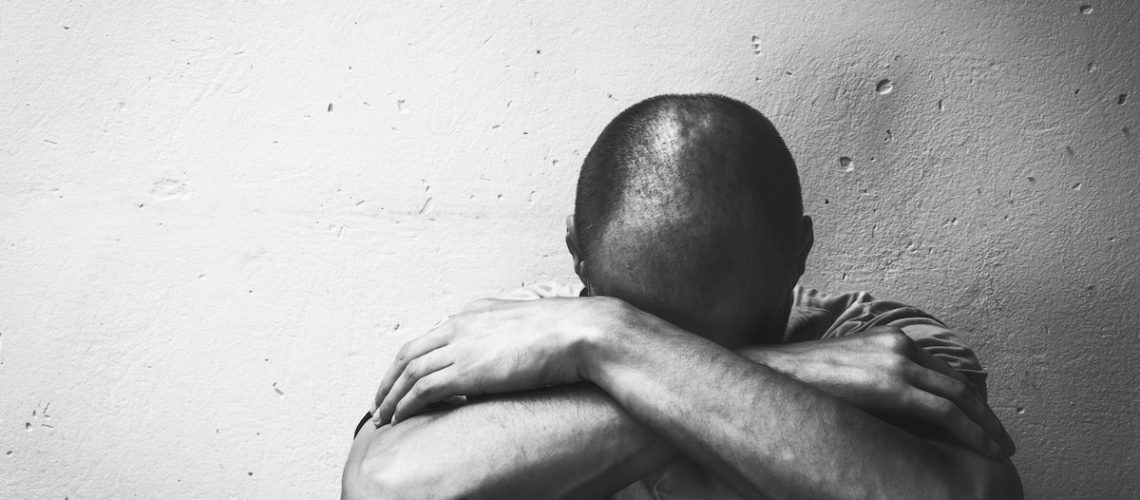Despite remarkable advancements in HIV prevention and treatment, the epidemic continues to disproportionately impact certain groups in the United States. A sobering study from the Centers for Disease Control and Prevention (CDC) found that 1 in 2 Black gay and bisexual men and 1 in 4 Latino gay and bisexual men will be diagnosed with HIV during their lifetime if current infection rates continue. These alarming figures demand immediate and sustained action to address the underlying inequities in healthcare access, education, and prevention.
Stark Disparities in Lifetime HIV Risk
The CDC’s findings, first presented at the Conference on Retroviruses and Opportunistic Infections, were based on diagnoses and death rates between 2009 and 2013. The research aimed to provide comprehensive lifetime risk estimates for various demographics and risk groups. Overall, the study revealed that while the lifetime risk of HIV diagnosis for the general U.S. population is now 1 in 99, down from 1 in 78 a decade earlier, Black and Latino gay men face far higher risks.
For Black gay and bisexual men, the lifetime risk of contracting HIV is 1 in 2, meaning half of all men in this group will be diagnosed at some point in their lives if the current trends are not reversed. Latino gay and bisexual men face a 1 in 4 lifetime risk, while for white gay and bisexual men, the risk is 1 in 11. These statistics starkly illustrate the persistent racial and ethnic disparities that exist within the HIV epidemic, even as overall rates of infection have decreased in the general population.
Why Are Black Gay Men Hit Hardest?
Several factors contribute to the disproportionately high HIV rates among Black gay and bisexual men, most notably systemic inequalities in healthcare access, socioeconomic status, and cultural stigma. Black Americans often face significant barriers to healthcare, including a lack of affordable insurance, limited access to culturally competent healthcare providers, and a history of medical mistrust rooted in discrimination and exploitation.
According to Dr. Jonathan Mermin, director of the CDC’s National Center for HIV/AIDS, Viral Hepatitis, STD, and Tuberculosis Prevention, these lifetime risk estimates are a “call to action” rather than a predetermined outcome. “The prevention and care strategies we have at our disposal today provide a promising outlook for future reductions of HIV infections and disparities in the U.S., but hundreds of thousands of people will be diagnosed in their lifetime if we don’t scale up efforts now.”
Mermin’s statement underscores the potential for reversing these trends through a combination of prevention, treatment, and education strategies that reach the most at-risk populations.
Prevention Tools are Effective, but Underutilized
Despite the bleak projections, there is optimism among experts that scaling up prevention efforts could dramatically reduce HIV diagnoses among gay and bisexual men, particularly those from Black and Latino communities. The CDC advocates for a “High-Impact Prevention” approach, which includes the widespread use of Pre-Exposure Prophylaxis (PrEP), a daily pill that can reduce the risk of contracting HIV by up to 99% when taken consistently.
However, the uptake of PrEP remains disproportionately low among Black and Latino gay men. According to data from the CDC, in 2017, only 10% of Black men and 13% of Latino men who were eligible for PrEP were actually using it, compared to 42% of white men. This disparity in PrEP usage is partly due to a lack of access to healthcare, lower awareness of the medication, and stigmatization within communities.
In addition to PrEP, regular HIV testing, access to condoms, and immediate treatment for those diagnosed with HIV are all critical components of an effective prevention strategy. The CDC has also emphasized the need for culturally tailored prevention programs that directly address the unique challenges faced by Black and Latino men who have sex with men.
The Role of Social Stigma and Cultural Barriers
Another major factor in the high rates of HIV among Black and Latino gay men is the stigma associated with both HIV and homosexuality. In many communities, particularly those with strong religious or cultural beliefs, gay men may be reluctant to seek out prevention tools like PrEP or HIV testing for fear of being judged or ostracized.
Cultural stigma often creates a “double bind” for Black and Latino men, who may feel pressure to hide both their sexual orientation and their HIV status. This can lead to delays in seeking diagnosis or treatment, which in turn increases the likelihood of the virus being spread unknowingly within communities.
Moving Forward: A Comprehensive Strategy
Reversing the trend of high HIV rates among Black and Latino gay men requires a multi-faceted approach that includes both systemic and grassroots solutions. Public health campaigns need to focus on increasing awareness about PrEP and making it more accessible to those who need it most. Healthcare providers must be trained to deliver nonjudgmental, culturally competent care that addresses the unique needs of Black and Latino MSM.
Additionally, more resources should be allocated toward community-based organizations that are already working within these populations to provide support and education. Structural changes, such as improving healthcare access and addressing socioeconomic inequalities, are also essential in the long-term fight against HIV.
As Dr. Eugene McCray, director of the CDC’s Division of HIV/AIDS Prevention, puts it, “These estimates are a sobering reminder that gay and bisexual men face an unacceptably high risk for HIV – and of the urgent need for action. If we work to ensure that every American has access to the prevention tools we know work, we can avoid the outcomes projected in this study.”
In the fight against HIV, it is clear that we cannot afford to wait. The time to act is now, before these projections become a reality.
21 Ignorant Lies About Americans the Rest of the World Claims Are True

Americans are often the subject of wild assumptions and exaggerated stereotypes. Are these misconceptions affecting how the world views the average American? 21 Ignorant Lies About Americans the Rest of the World Claims Are True
Flawed Gender Tests: Olympic Committee Sends Plea to Boxing Officials

The International Olympic Committee has declared old boxing gender tests as flawed and illegitimate. This has arisen amid discussions regarding gender in Olympic female boxing matches. Flawed Gender Tests: Olympic Committee Sends Plea to Boxing Officials
This article was first published on Pulse of Pride.
Feature photo credit: Shutterstock/srdjanns74. The images used are for illustrative purposes only and may not represent the actual people or places mentioned in the article.
For transparency, this content was partly developed with AI assistance and carefully curated by an experienced editor to be informative and ensure accuracy.

